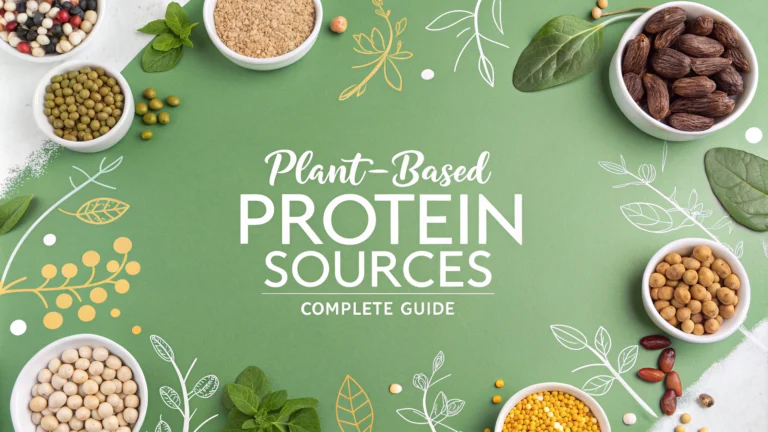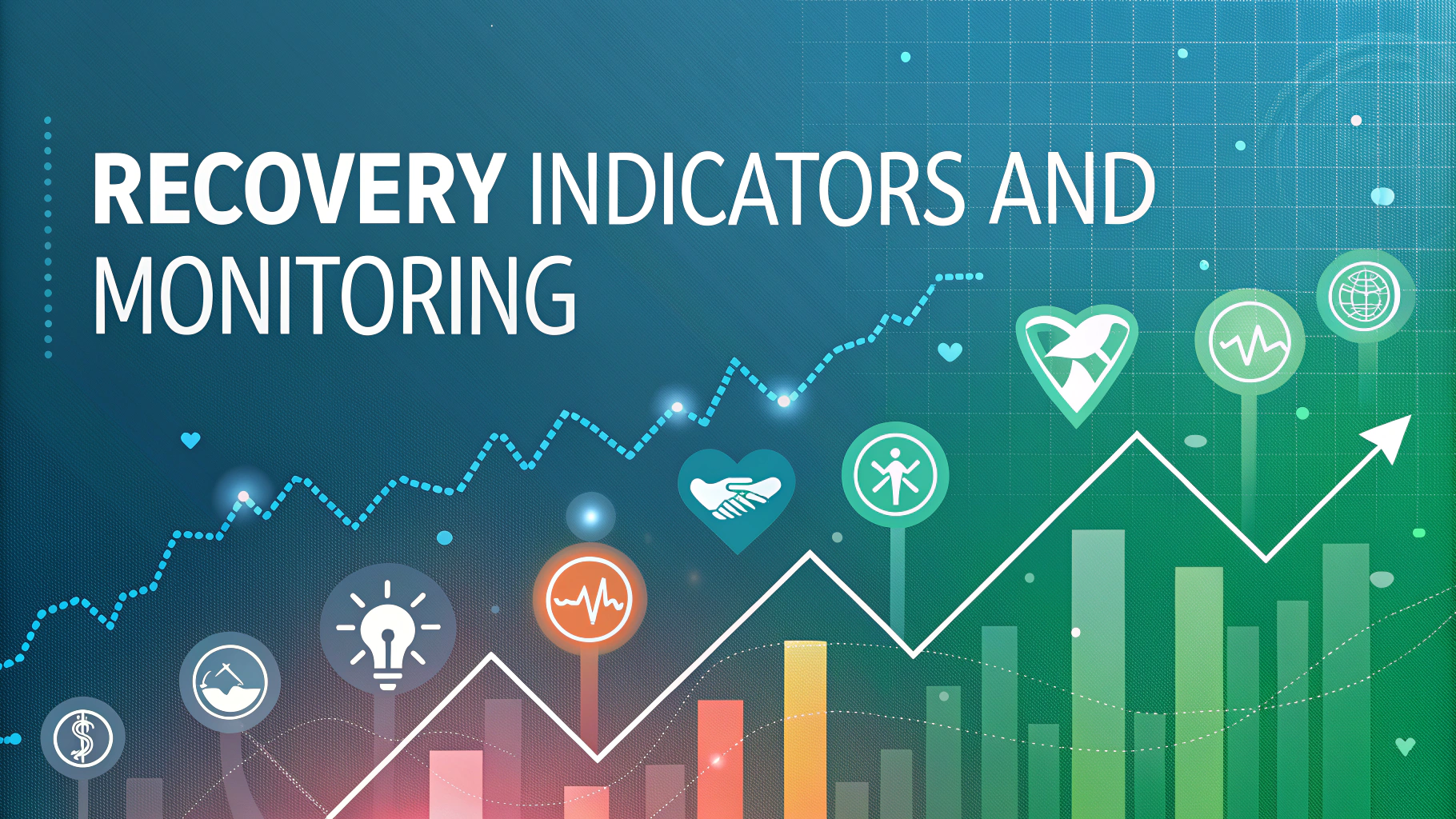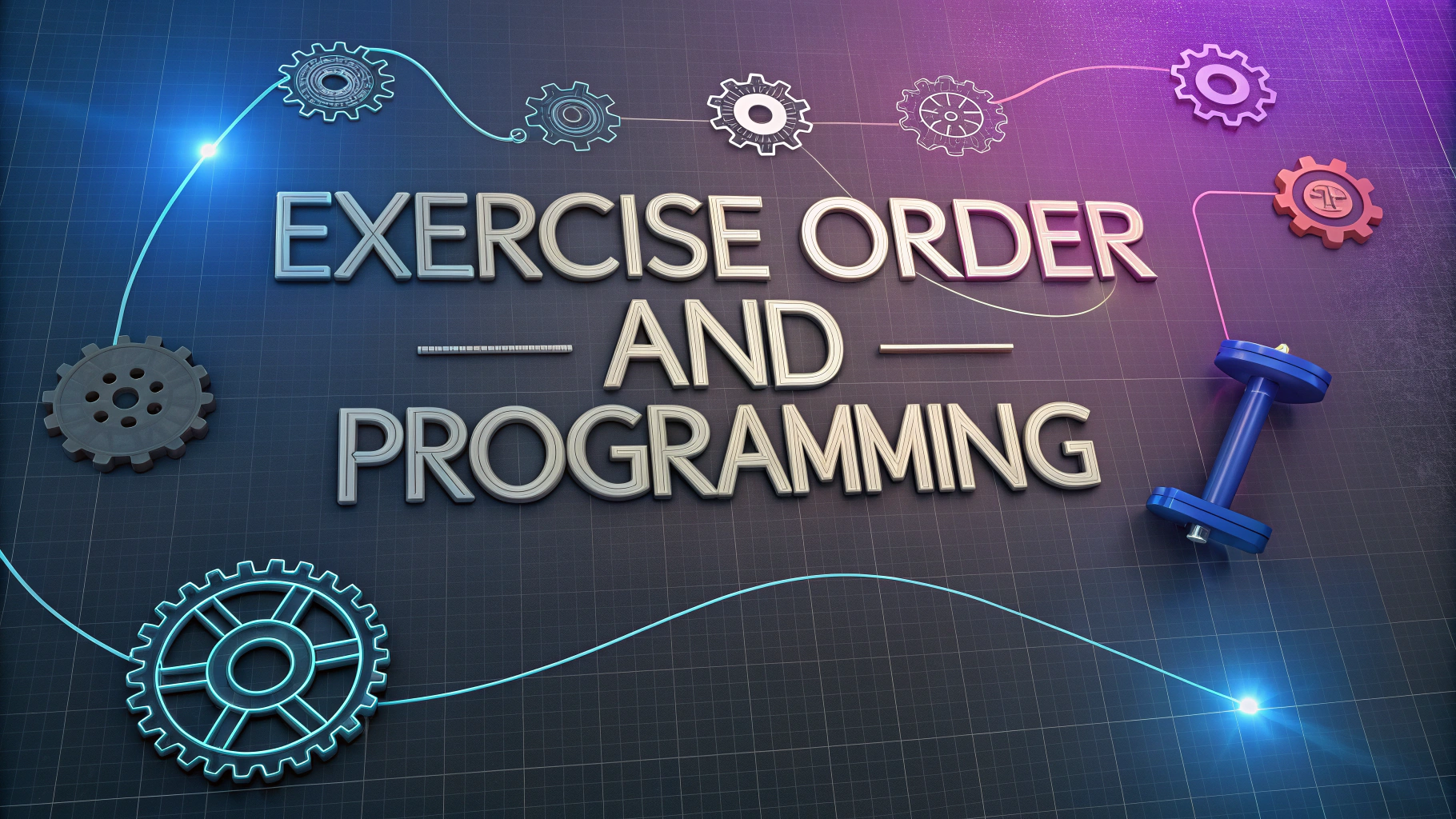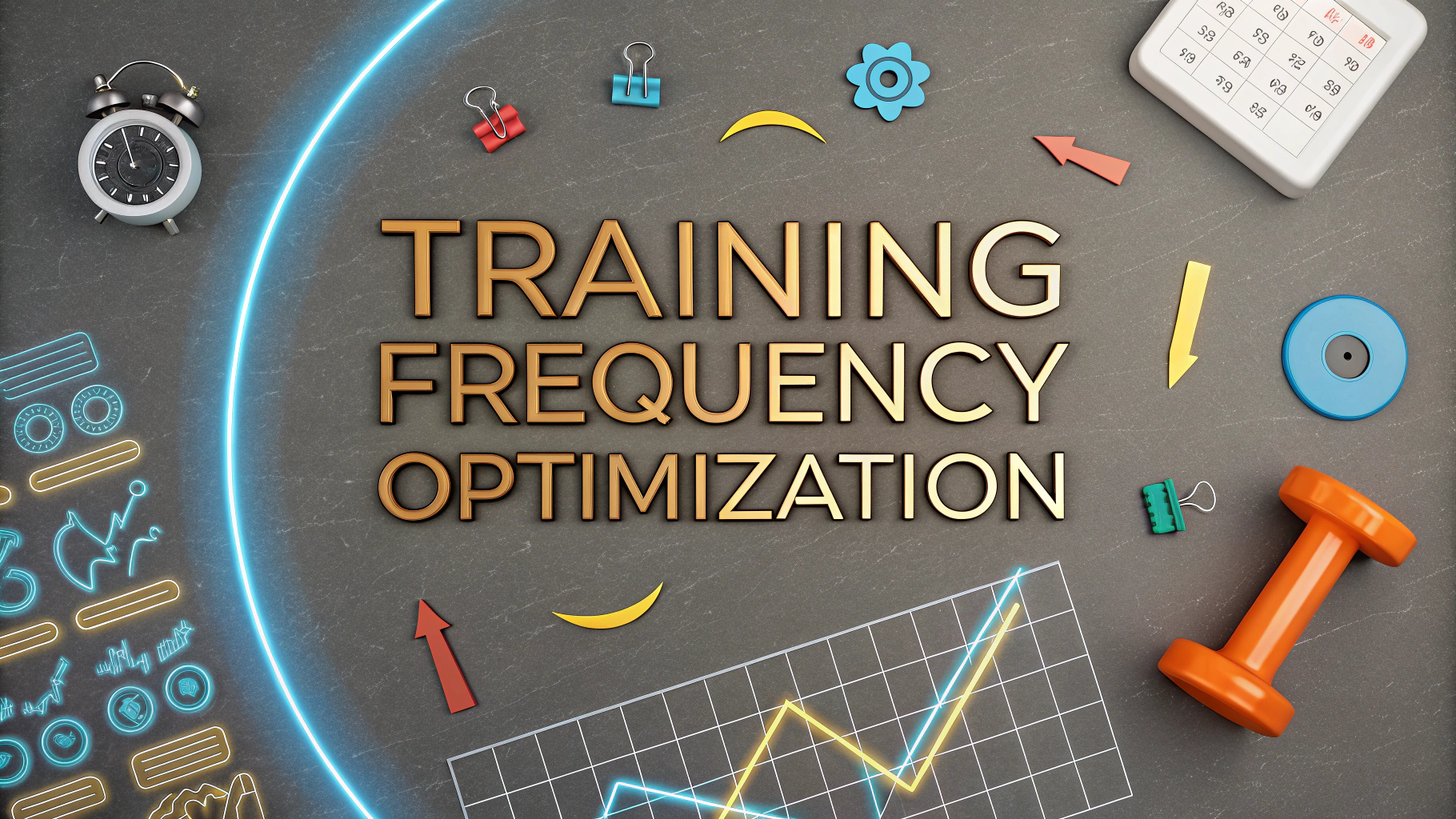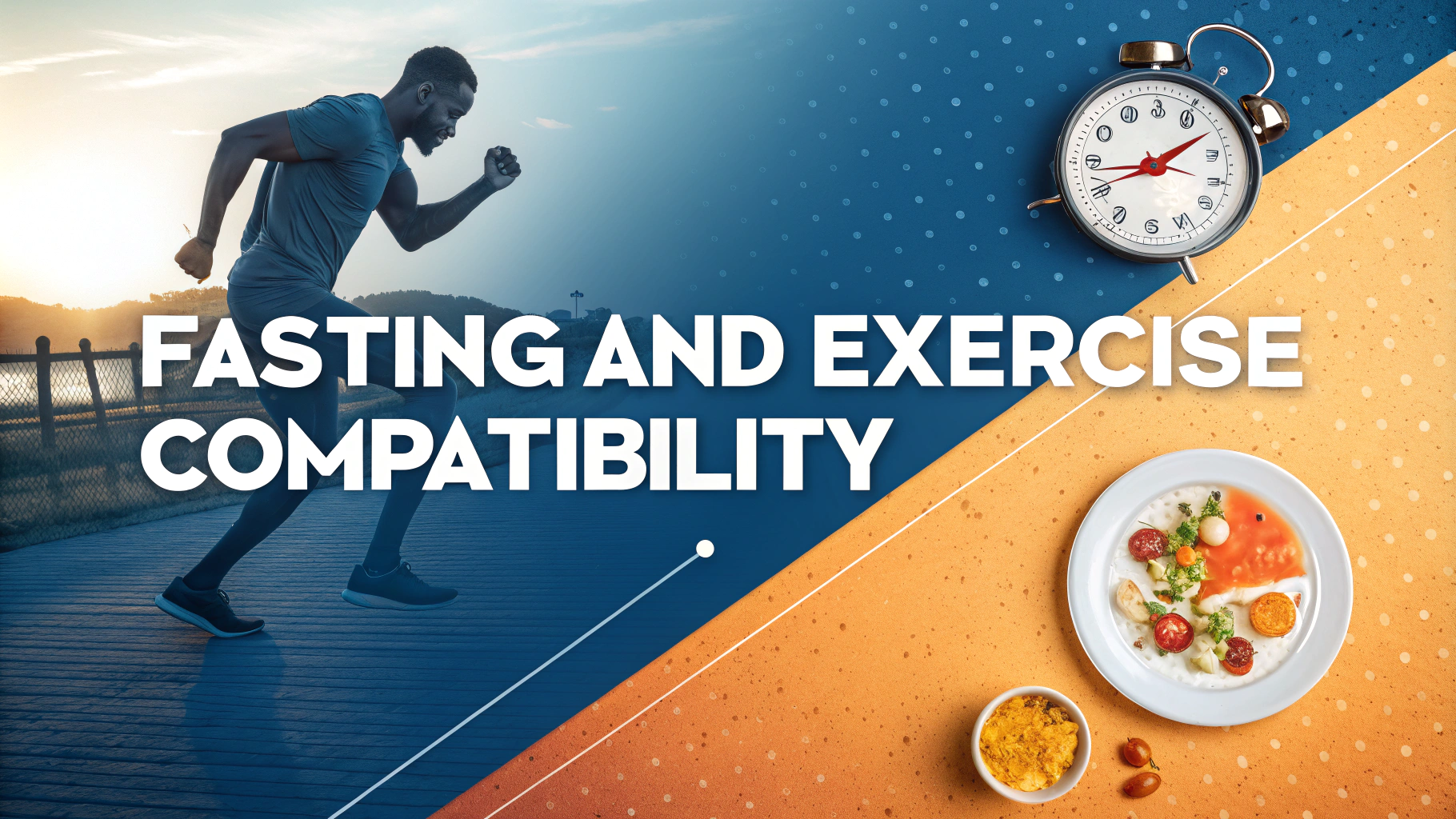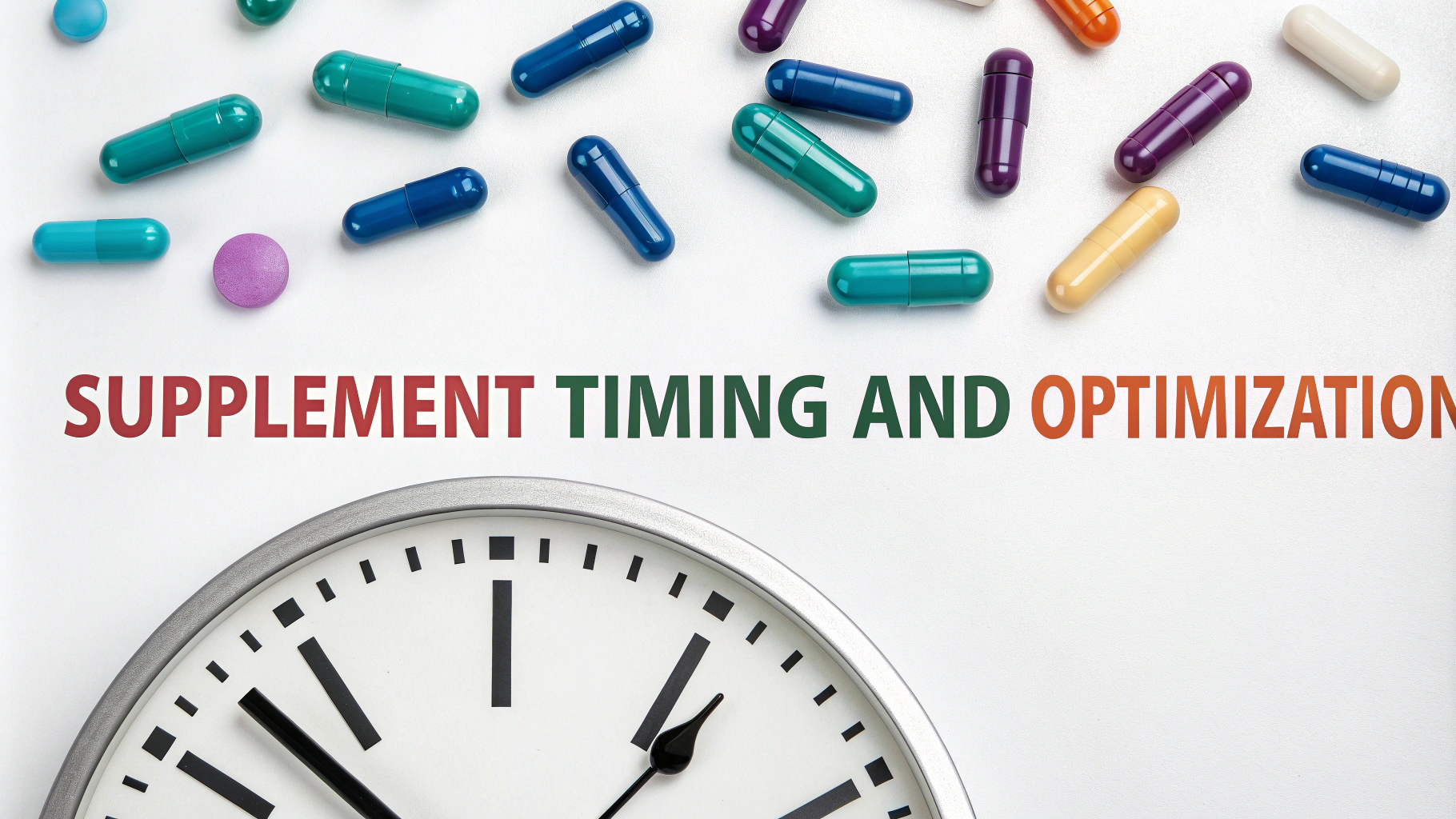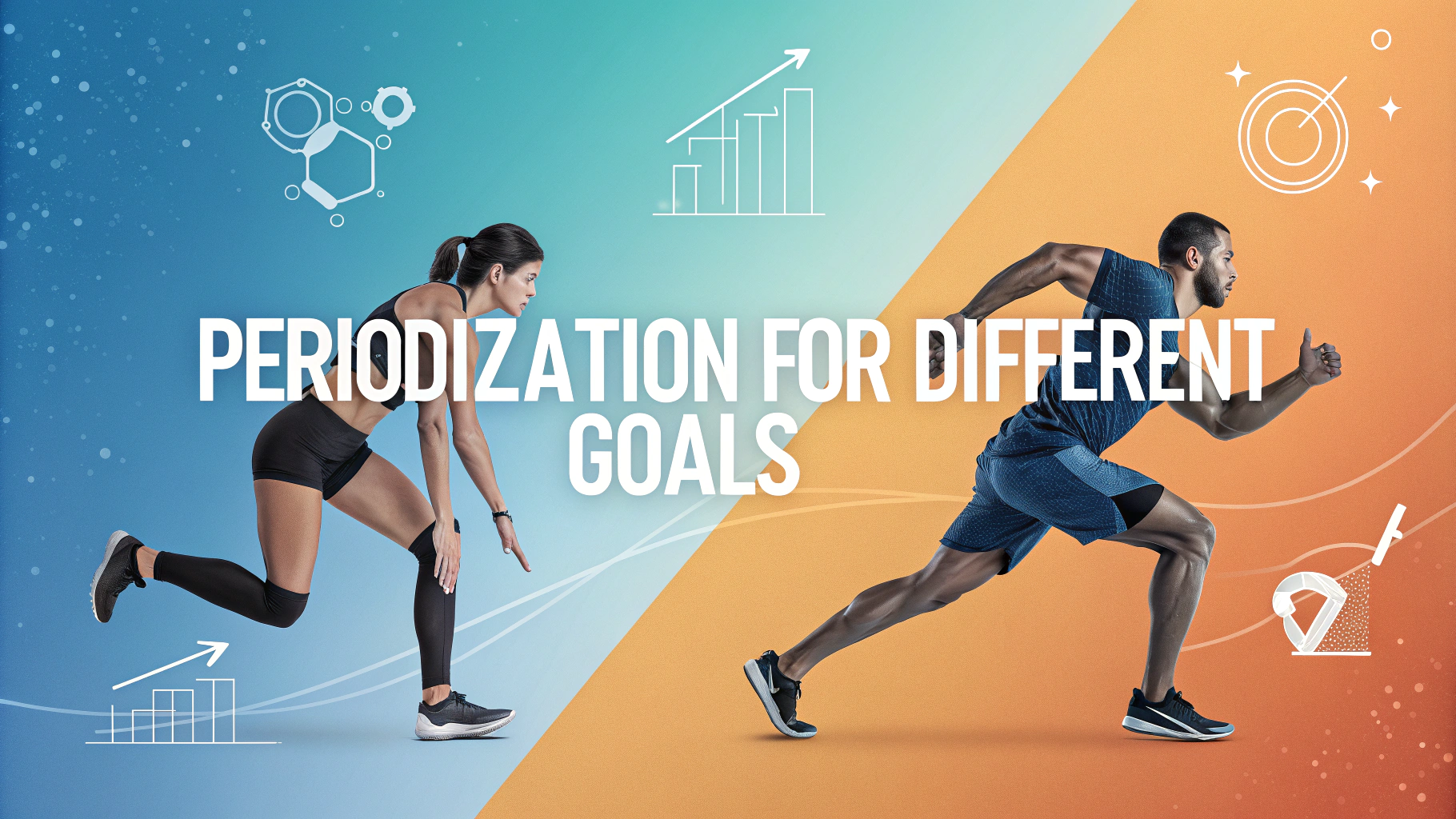Plant-based proteins have become increasingly popular as more people seek alternatives to animal products for health, environmental, and ethical reasons.
Top Plant Protein Sources
- Legumes
- Lentils – 18g protein per cup
- Black beans – 15g protein per cup
- Chickpeas – 14.5g protein per cup
- Grains
- Quinoa – 8g protein per cup
- Oats – 6g protein per cup
- Wild rice – 7g protein per cup
- Nuts & Seeds
- Hemp seeds – 10g protein per 3 tablespoons
- Almonds – 6g protein per ounce
- Chia seeds – 4g protein per 2 tablespoons
Complete vs Incomplete Proteins
Complete proteins contain all nine essential amino acids our bodies need but can’t produce.
| Complete Plant Proteins | Protein Content |
|---|---|
| Quinoa | 8g/cup |
| Soy products | 20g/cup (tofu) |
| Hemp seeds | 10g/3 tbsp |
Protein Combining Tips
Combine different plant proteins throughout the day to ensure you get all essential amino acids.
- Rice + beans
- Whole grain bread + peanut butter
- Hummus + pita
- Oatmeal + almonds
Daily Protein Requirements
The recommended daily allowance for protein is 0.8 grams per kilogram of body weight.
Quick Plant Protein Meal Ideas
- Breakfast: Oatmeal with hemp seeds and almond butter
- Lunch: Quinoa bowl with roasted chickpeas
- Dinner: Black bean and sweet potato tacos
- Snack: Trail mix with nuts and seeds
Storage Tips
Store dried legumes in airtight containers in a cool, dry place for up to one year.
Keep nuts and seeds in the refrigerator to prevent rancidity.
Resources
Remember to consult with a healthcare provider before making significant changes to your diet.
Cooking Methods
Legumes
- Soak dried beans overnight to reduce cooking time
- Use a pressure cooker to cook beans in 15-20 minutes
- Add aromatics like bay leaves and garlic while cooking
Grains
- Toast grains before cooking to enhance flavor
- Use vegetable broth instead of water for extra nutrition
- Cook in bulk and freeze portions for later use
Common Challenges
When transitioning to plant-based proteins, consider these solutions:
- Digestive issues – Start slowly and increase intake gradually
- Meal planning – Prep ingredients in advance
- Protein absorption – Include vitamin C-rich foods in meals
Environmental Impact
Plant proteins require:
- Less water than animal proteins
- Fewer greenhouse gas emissions
- Less land use
Conclusion
Plant-based proteins offer sustainable, nutritious alternatives to animal products. Through proper combining, cooking, and storage, these protein sources can meet dietary needs while supporting environmental conservation. Whether transitioning completely to plant-based proteins or incorporating more into your diet, the variety and versatility of options make it accessible for everyone.
Start with familiar foods and gradually experiment with new plant protein sources to find what works best for your lifestyle and preferences.
FAQs
- What are the best complete plant-based protein sources?
Complete plant protein sources include quinoa, soy products (tofu, tempeh, edamame), buckwheat, chia seeds, hemp seeds, and spirulina. - How much protein do vegans and vegetarians need daily?
The recommended protein intake is 0.8-1.0g per kg of body weight for most adults, with active individuals needing 1.2-2.0g per kg, regardless of diet type. - Can you build muscle effectively on a plant-based diet?
Yes, you can build muscle effectively with plant proteins when consuming adequate calories and protein, along with proper strength training. Many professional athletes thrive on plant-based diets. - Which legumes have the highest protein content?
Soybeans lead with 28g protein per cup, followed by lentils (18g), kidney beans (15g), chickpeas (15g), and black beans (15g). - Do I need to combine different plant proteins at every meal?
No, it’s not necessary to combine proteins at every meal. Consuming a variety of plant proteins throughout the day ensures adequate amino acid intake. - Are plant proteins as digestible as animal proteins?
Plant proteins typically have slightly lower digestibility rates than animal proteins, but proper food preparation methods like soaking, sprouting, and cooking can improve digestibility. - Which nuts and seeds provide the most protein?
Hemp seeds (10g per oz), pumpkin seeds (9g per oz), almonds (6g per oz), and pistachios (6g per oz) are among the highest protein nuts and seeds. - How can athletes meet their increased protein needs on a plant-based diet?
Athletes can meet their needs through increased portions of legumes, grains, and nuts, plus strategic use of plant-based protein powders (pea, hemp, rice) when needed. - What are the benefits of choosing plant proteins over animal proteins?
Plant proteins are generally lower in saturated fat, higher in fiber, contain antioxidants, and have a lower environmental impact compared to animal proteins. - Which plant-based protein sources are most budget-friendly?
Dried legumes (lentils, beans, peas), whole grains (brown rice, oats), and bulk nuts and seeds are the most cost-effective plant protein sources.
